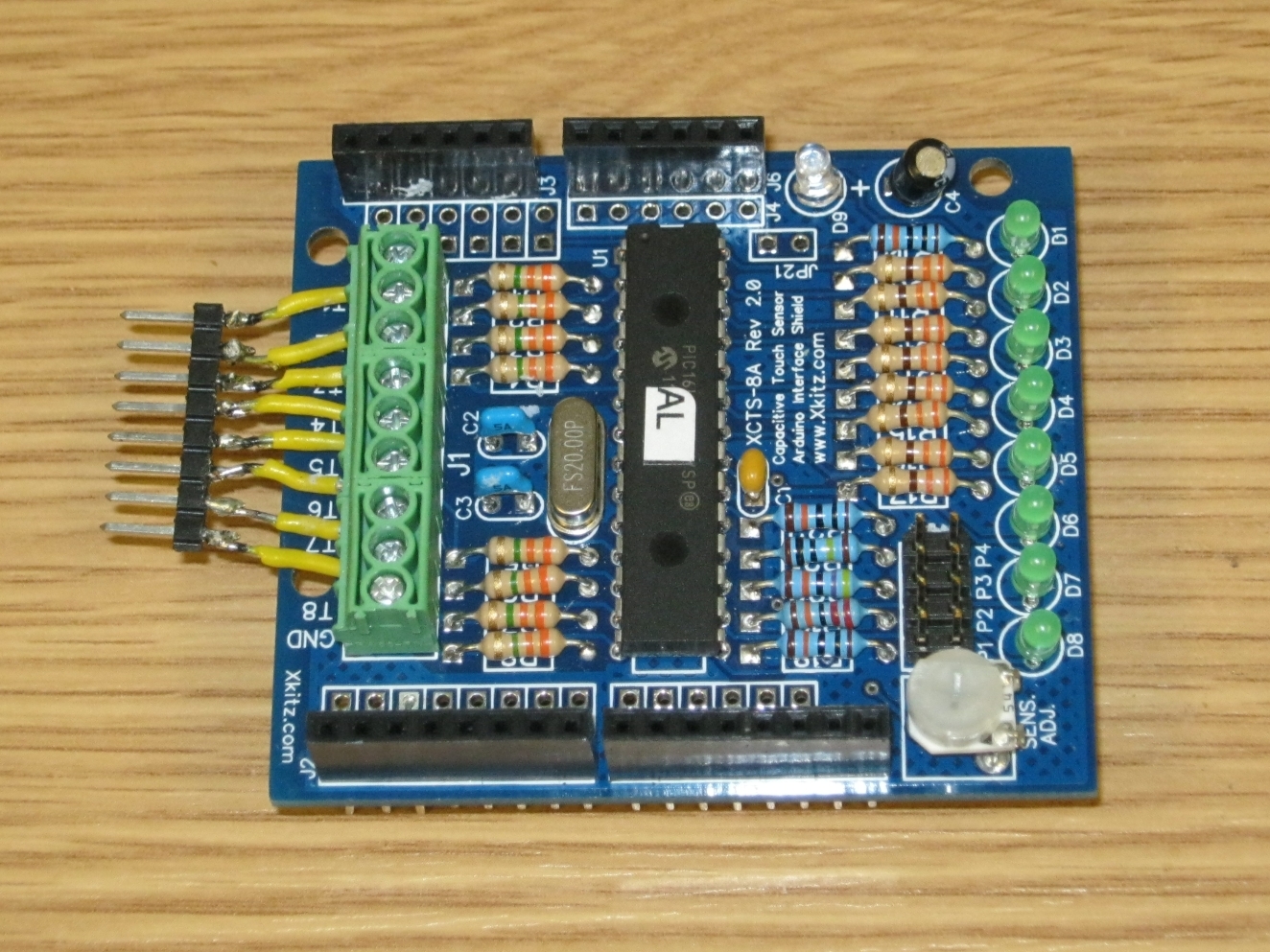Add touch sensors which trigger audio tags. This helps visually impaired people find their way around a new device. Or you could make an educational toy to help Junior learn what things are called. Or you could add a warning to ‘keep off’ your stuff! Or….
Please note: I copied and modified the Android code from one of the examples in Simon Monk’s book “Arduino + Android for the Evil Genius” to get this all going.


